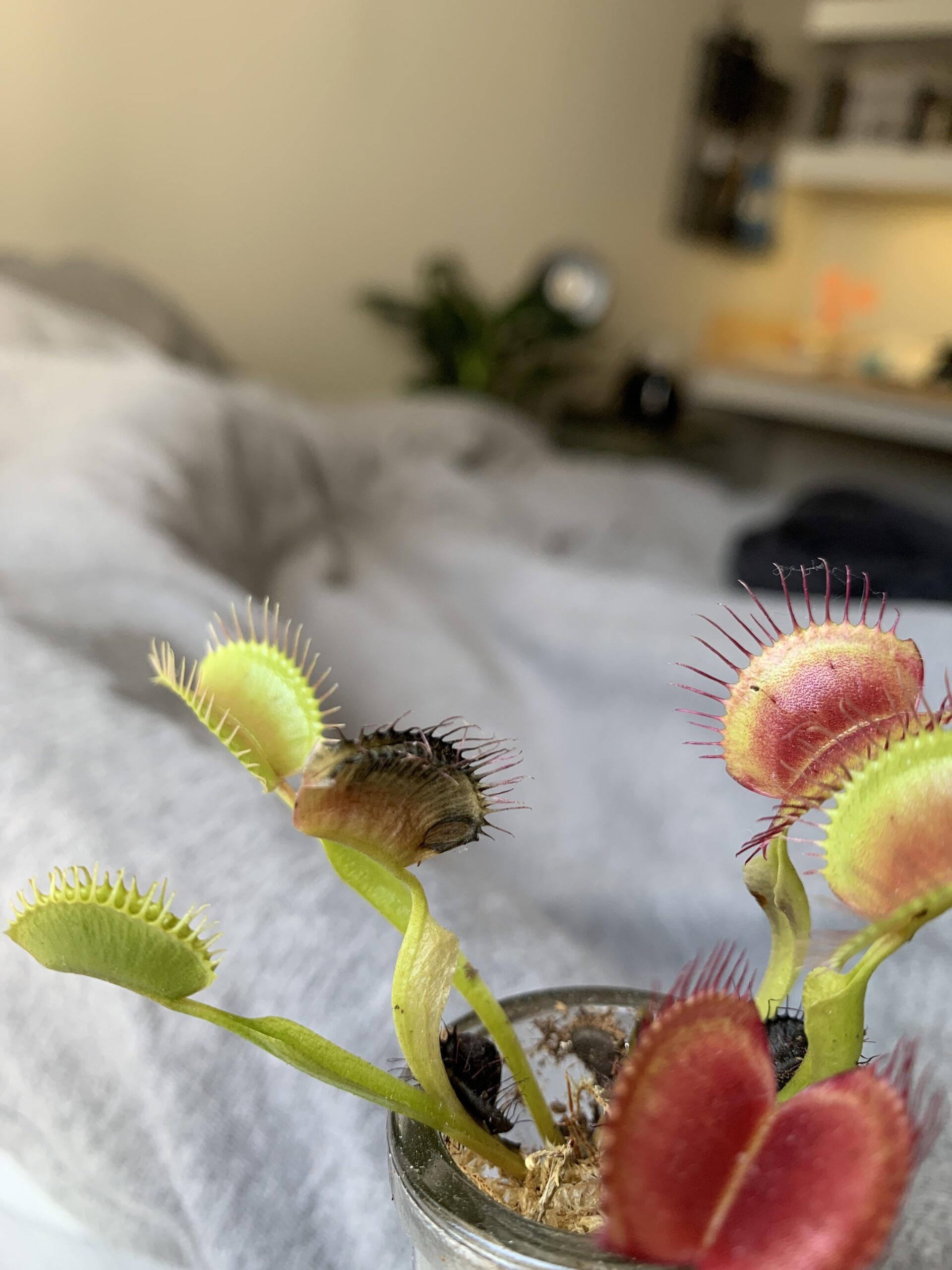Worried why Venus Flytrap Turn Black? Find Reasons and Solutions in this guide for maintaining the health of this carnivorous plant.
Don’t stress if your Venus Flytrap (Dionaea muscipula) Turn Black. Find Reasons and Solutions in this informative article to keep your plant thriving.
Find What to Do If Bird of Paradise Leaves Splitting
Venus Flytrap Turn Black Find Reasons and Solutions
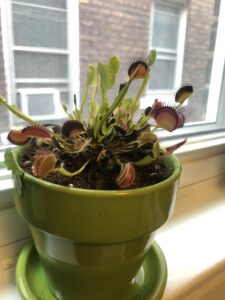
When your Venus flytrap turns black, it indicates that there is an underlying issue that needs attention. Here are some possible reasons and their corresponding solutions:
1. Natural Growth Cycle
Venus flytraps go through natural growth cycles where individual traps die and turn black. This is a normal part of the plant’s life cycle, and you should not worry about it. New traps will grow to replace the old ones.
Solution: Simply remove the blackened traps by gently cutting them off at the base.
2. Lack of Adequate Light
This carnivorous plant requires bright, direct sunlight to thrive. The Venus Flytrap turns black and weak in the absence of enough light.
Solution: Place your plant in a location where it can receive at least 4-6 hours of direct sunlight per day. A south-facing windowsill is often a suitable spot.
3. Poor Water Quality
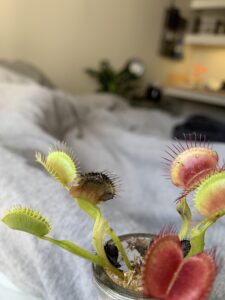
Venus flytraps are sensitive to the quality of water they receive. They require pure, mineral-free water such as distilled or rainwater. Tap water, which often contains minerals and chemicals, can harm the plant and cause the traps to blacken.
Solution: Use an alternative water source or collect rainwater for watering your Venus flytrap.
Find why Rubber Plant Leaves Curling and Falling Off
4. Watering Issues
Venus flytraps need moist soil at all times. Waterlogged or excessively dry conditions can stress the plant and lead to blackening.
Solution: Maintain a consistently moist but not waterlogged soil. Ensure the pot has good drainage to prevent water from pooling at the bottom.
5. Pests or Diseases
Venus flytraps can be susceptible to pests like aphids, spider mites, and fungus gnats. These pests can damage the traps and lead to blackening.
Solution: Inspect your plant regularly for any signs of infestation, and if necessary, treat the plant with appropriate organic insecticides or insecticidal soaps.
6. Nutrient Deficiency
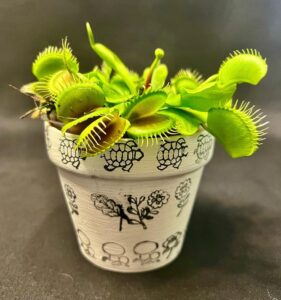
Venus flytraps primarily derive their nutrients from capturing insects, but they still require trace amounts of additional nutrients. If the plant experiences a nutrient deficiency, it can result in blackened traps.
Solution: Use a diluted, specialized carnivorous plant fertilizer to provide the necessary nutrients in appropriate quantities.
Read about Common Bird of Paradise Problems and Solutions
7. Root Rot
Excessive moisture or poor drainage can lead to root rot, a fungal infection that affects the roots, ultimately impacting the health of the plant and making the Venus Flytrap turn black.
Solution: Ensure the potting medium is well-draining, and avoid overwatering or allowing water to sit in the tray beneath the pot.
8. Dormancy
Venus flytraps require a period of dormancy during the winter months to rest and rejuvenate. If the plant doesn’t enter dormancy or doesn’t receive adequate dormancy, it can lead to weak growth and blackening of traps.
Solution: Mimic winter conditions by reducing watering and providing cooler temperatures (around 45-55°F or 7-13°C) for 2-3 months.
9. Eating something too big
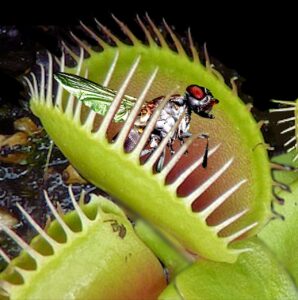
The Venus flytrap needs to seal its leaves tightly together for effective digestion. But sometimes, when it catches insects with long legs or big wings, their body parts stick out and prevent a proper seal. This can make the Venus flytrap black and harm the plant.
Solution: When feeding your plants, make sure the food is not bigger than one-third the size of the trap. But sometimes, a trap can try to eat something too large for it. In those cases, it’s best to let the plant handle it on its own.
10. Cold Temperatures
The last reason that makes Venus Flytrap turn black is its origin which is warm in subtropical regions and makes it sensitive to cold temperatures. Exposure to low temperatures, especially below 50°F (10°C), can cause the traps to blacken and die.
Solution: Protect your plant from extreme cold by bringing it indoors or providing additional insulation during colder months.

